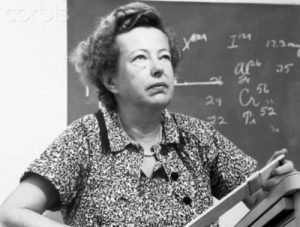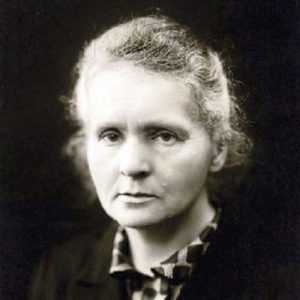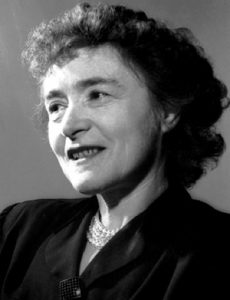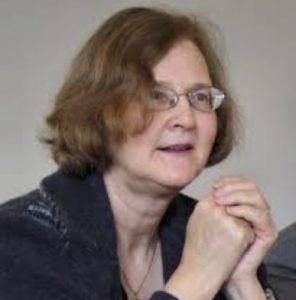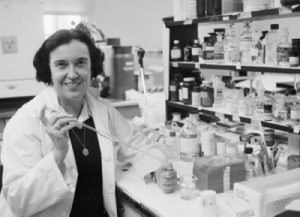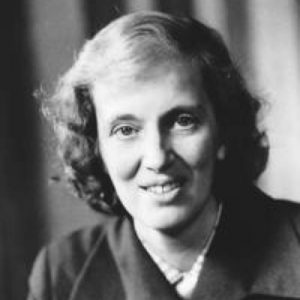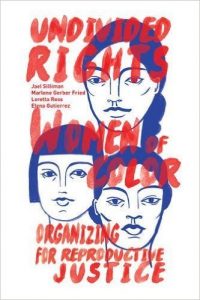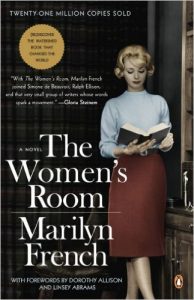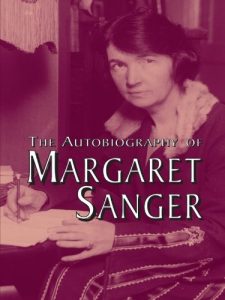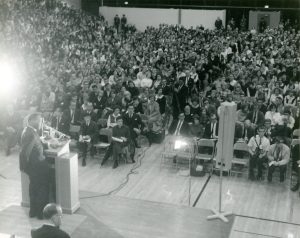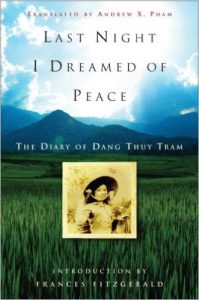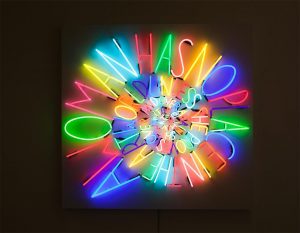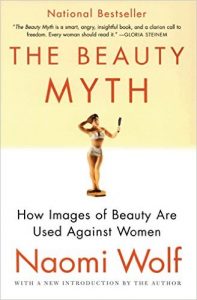Theme Thursday today looks at the ten women who have won Nobel Prizes in the past century. Though they are few in numbers, their accomplishments have revolution modern science and how we look at everything today.
“Since 1901 there have been over three hundred recipients of the Nobel Prize in the sciences. Only ten of them — about 3 percent — have been women. Why? In this updated version of Nobel Prize Women in Science, Sharon Bertsch McGrayne explores the reasons for this astonishing disparity by examining the lives and achievements of fifteen women scientists who either won a Nobel Prize or played a crucial role in a Nobel Prize – winning project. The book reveals the relentless discrimination these women faced both as students and as researchers. Their success was due to the fact that they were passionately in love with science…” from Amazon.
COMPLETE LIST OF FEMALE NOBEL PRIZE WINNERS, BY SCIENTIFIC DISCIPLINE:
PHYSICS
- 1903 – Marie Curie. “For joint research on the radiation phenomena discovered by Professor Henri Becquerel.”
- 1963 – Maria Goeppert Mayer. “For discoveries concerning nuclear shell structure.”
CHEMISTRY
- 1911 – Marie Curie. “In recognition of their synthesis of new radioactive elements.”
- 1935 – Irene Joliot-Curie. “In recognition of their synthesis of new radioactive elements.”
- 1964 – Dorothy Crowfoot Hodgkin. “For her determinations by X-ray technique of the structures of important biochemical substances.”
- 2009 – Ada Yonath. “For studies of the structure and formation of the ribosome.”
PHYSIOLOGY/MEDICINE
- 1947 – Gerty Theresa Cori, nee Radnitz. “For the discovery of the course of the catalytic conversion of glycogen.”
- 1977 – Rosalyn Yalow. “For the development of radioimmunoassays of peptide hormones.”
- 1983 – Barbara McClintock. “For her discovery of mobile genetic elements.”
- 1986 – Rita Levi-Montalcini. “For the discoveries of nerve growth factors in cancer cells.”
- 1988 – Gertrude B. Elion. “For the discoveries of important principles for drug treatment.”
- 1995 – Christiane Nusslein-Volhard. “For the discoveries concerning the genetic control of early embryonic development.”
- 2004 – Linda B. Buck. “For the discoveries of odorant receptors and the organization of the olfactory system.”
- 2008 – Francoise Barre-Sinoussi. “for the discovery of human immunodeficiency virus.”
- 2009 – Elizabeth H. Blackburn & Carol W. Greider. “For the discovery of how chromosomes are protected by telomeres and the enzyme telomerase.”
- 2014 – May-Britt Moser. “For the discoveries of cells that constitute a positioning system in the brain.”
Read more here.


